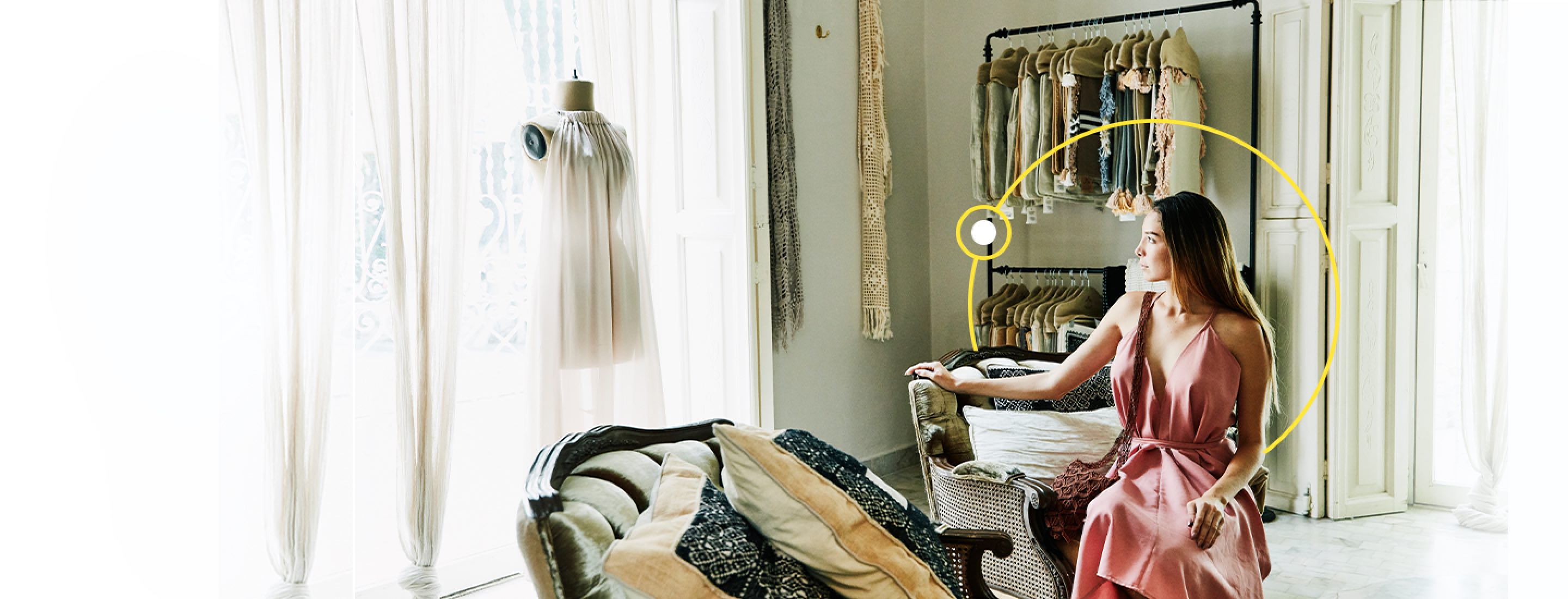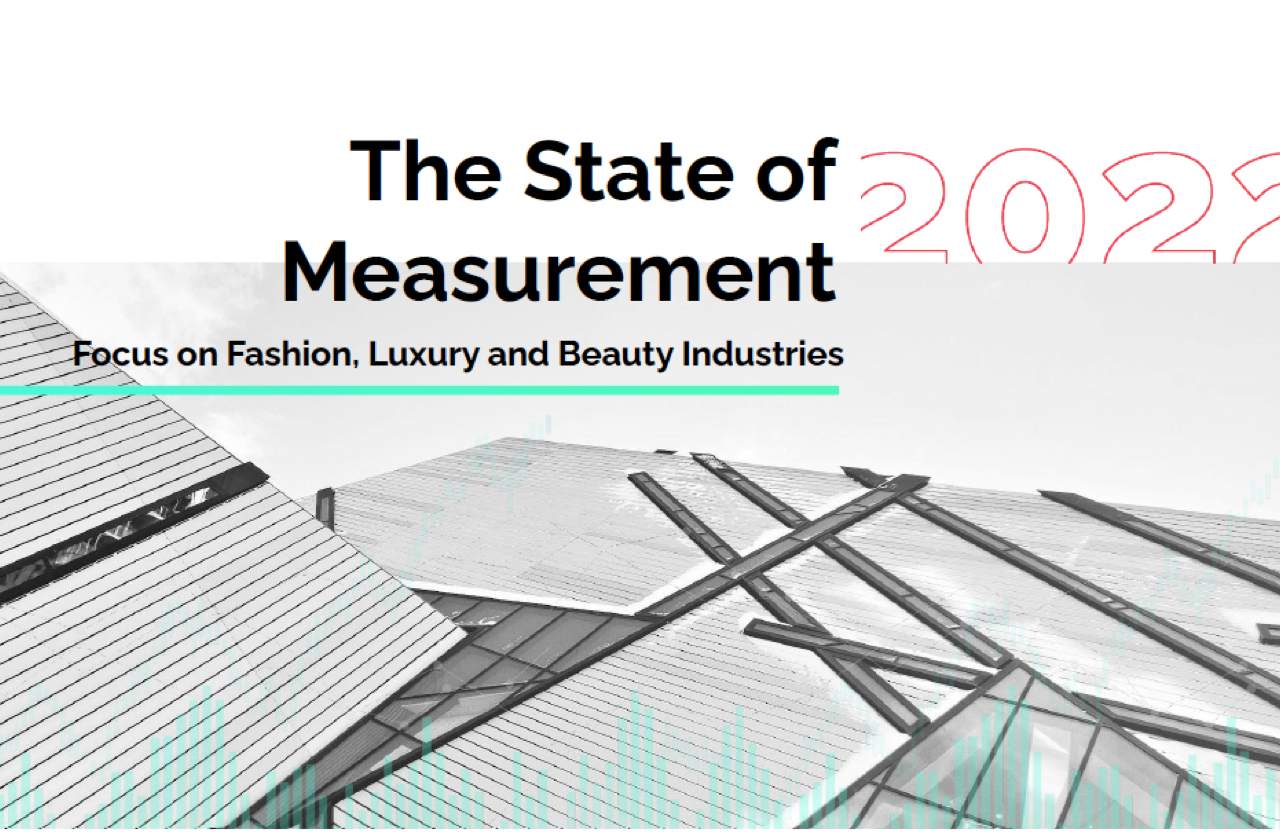What issue can we solve for you?
Type in your prompt above or try one of these suggestions
Suggested Prompt



Insights
How luxury fashion brands can lead the sustainability charge
How luxury fashion brands can lead the sustainability charge
With higher price points and more thoughtful designs, luxury brands are the obvious first-adopters to ethical clothing production. But how can they blend idealism with pragmatic execution and avoid greenwashing?
Consumers are four to six times more likely to purchase and champion purpose-driven brands. Being a sustainable brand is rapidly becoming table stakes across the fashion industry, especially within luxury fashion. It’s no longer enough just to provide high quality, creative, durable products—consumers are looking for brands that care, and are willing to put their money where their mouth is.
Since 2016, monthly Google searches for “sustainable fashion brands” have increased by 678%, and continue to increase over time.

But what does it mean for luxury fashion brands to embrace the elusive principle of sustainability? It’s not just about sourcing materials, “slow fashion,” ethical labor, or testing recyclable fabrics - although these are all key components.
Shaping the sustainable fashion narrative
Beyond that, brands have a responsibility to raise the importance of sustainability itself, make consumers aware that their decisions have environmental consequences, and make it easy for consumers to be sustainable in their fashion choices. Luxury brands don’t exist just to respond to consumer needs and priorities, but also to shape them, just as they shape fashion trends and in turn, society. It is both an opportunity and responsibility for the brands themselves to make consumers aware that their decisions have environmental consequences.
In truth, the majority of consumers do care about sustainability despite the inability to always put their money where their mouth is.

Tip:
57% of Americans report that consumerism, and its impact on climate change, concerns them. Yet in the same survey, 53% said they’d still be likely to purchase a product even if they find out that it is not environmentally sustainable.
Because of this, it seems natural for luxury brands to lead the sustainability charge. This principle of sustainability aligns well with the proposition of luxury fashion—high quality materials, high price points, and carefully thought-out design backed by a strong brand foundation. Sustainable products require a similar level of care and resources that not every consumer is looking for.

Tip:
While most Americans (over 60%) would pay more for sustainable fashion, only 2% would pay double the cost—a multiplier more accurate to reality of sustainable clothing production.
And still, for the average consumer that struggles to transform their typical buying behavior, luxury fashion brands can and should step in through consumer education—using a direct-with approach to sustainability.
Adopting a “direct-with” approach to sustainable luxury fashion
Brand relationships should evolve from “direct-to” to “direct-with” consumer sustainability strategy as brand purpose becomes increasingly democratized and inclusive. For years, luxury brands have empowered communities of passionate consumers united by a common love of quality products and artistry. This passion can unite with sustainable action, and brands can work side-by-side with these communities on ethical issues of shared importance.
What does this “direct-with” approach mean?Luxury fashion brands can make consumers aware of how their choices impact the environment, produce more sustainable product options, and create initiatives to prevent waste, such as clothing rental programs or packaging disposal education. This means sharing the responsibility of sustainability with consumers rather than either the consumer or the brand taking on the burden of climate-friendly choices alone.
However, consumers have grown cynical of brands that provide broad statements regarding their commitments to sustainability and “purpose”. Even terms like regenerative agriculture, renewable energy and biodiversity, in the absence of specific detail around targets and/or actions, are often treated with suspicion by consumers, who see them as mere buzzwords lacking real intent.
While this idea of “showing-not-telling” requires transformation, brands that wait for consumer pressure in the form of social media call-outs, boycotts, or public negative sentiment may be left behind by those that act proactively.

Tip:
Almost nine in 10 consumers polled (88%) said that they don’t immediately trust brands that say they’re sustainable, while 51% believe that greenwashing is common in the fashion industry.
Consumers are demanding more clarity and specificity around the actions that the brand has or is willing to take in pursuit of these commitments and are increasingly likely to hold the brands they love accountable for delivering on them.

Tip:
For example, 54% of consumers think it’s important to have transparency on the carbon footprint of different product shipping options, so that they can be empowered to make a sustainable decision. Even more (63%) say it’s important to have the option for minimal packaging during shipping.
Consumers expect to be placed in a position where they can make informed choices around the products they buy, and with sustainability and corporate responsibility becoming increasingly important decision criteria for consumers, luxury brands need to be more proactive and direct in providing consumers with the transparency they require. Rather than just sharing carbon reduction goals, brands can include the consumer in helping them achieve carbon neutrality for a united effort.
At the same time, as more and more luxury brands begin to follow through on their “direct-with” commitment to sustainable fashion, it will be important to blend idealism with pragmatic and scalable execution.
Tackling sustainability with a test-and-learn strategy
How can brands balance these two ideas? Firms can adopt a test-and-learn approach to ensure that investments are informed by data and outcomes align with expectations. Rather than chasing the next shiny object or jumping on the sustainability bandwagon, a more agile, iterative and data-fueled strategy can ensure that the brand’s stated commitments to sustainability can come to fruition and deliver the necessary impact on the environment.

Tip:
Nearly ¾ (71%) of consumers think it’s important to know where their products are sourced from.

Tip:
55% of consumers would prefer to have more reliable information from brands, notably to help them understand what makes a given product more sustainable than others.
Consumers crave transparency and assurances across the entire supply chain, from where and how the materials are sourced, to how the products are manufactured and distributed.
More and more consumers are beginning to wake up to the realization that their choices and brand expectations have a meaningful impact on the environment, not just in terms of what they buy but also how they buy. From how they research the product, to where they buy the product, how often they shop, how they use the products they buy, and how and when they dispose of them.
Luxury brands that step up and inspire, educate and empower consumers to convert intention to action will provide stepping stones for the entire fashion industry.







